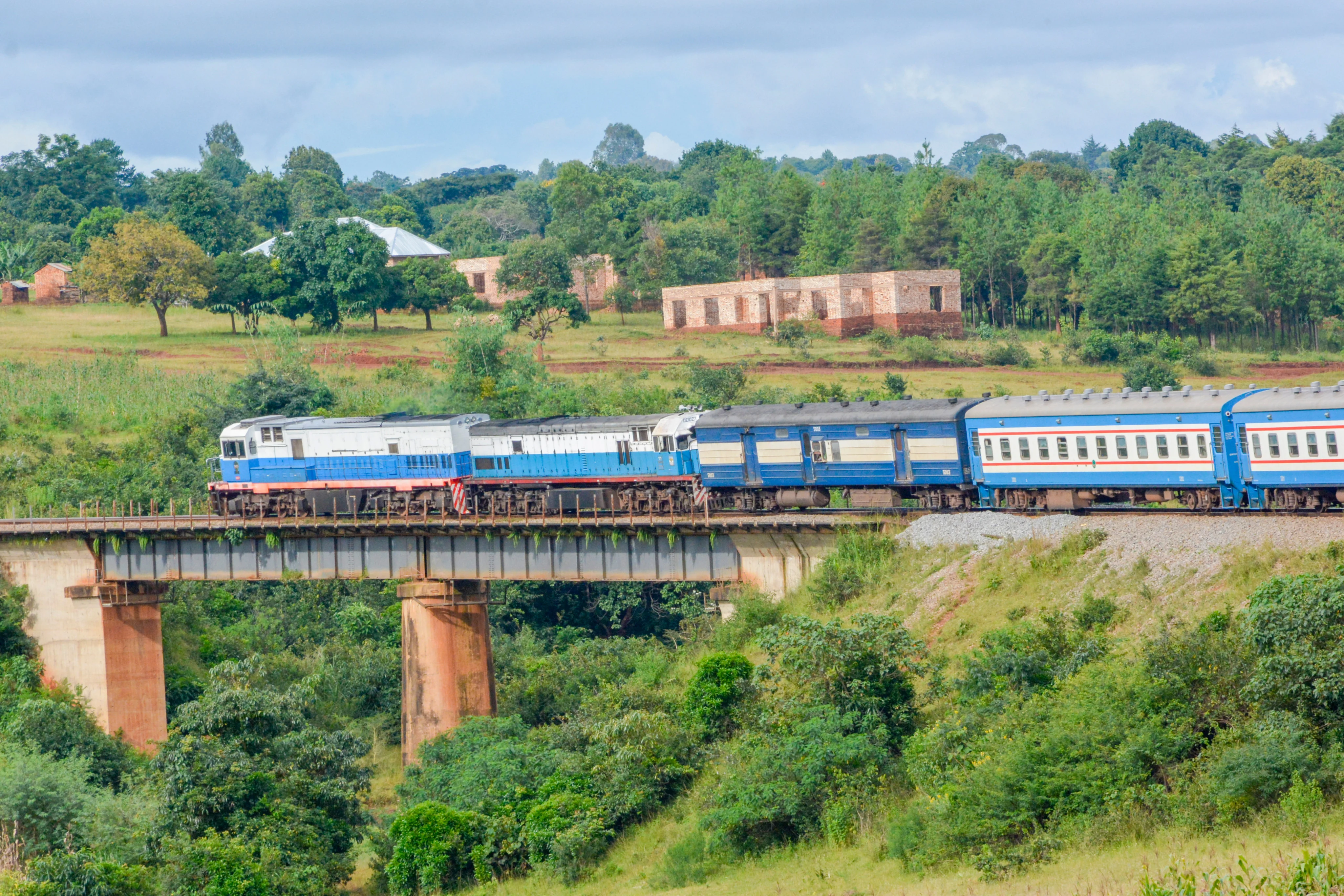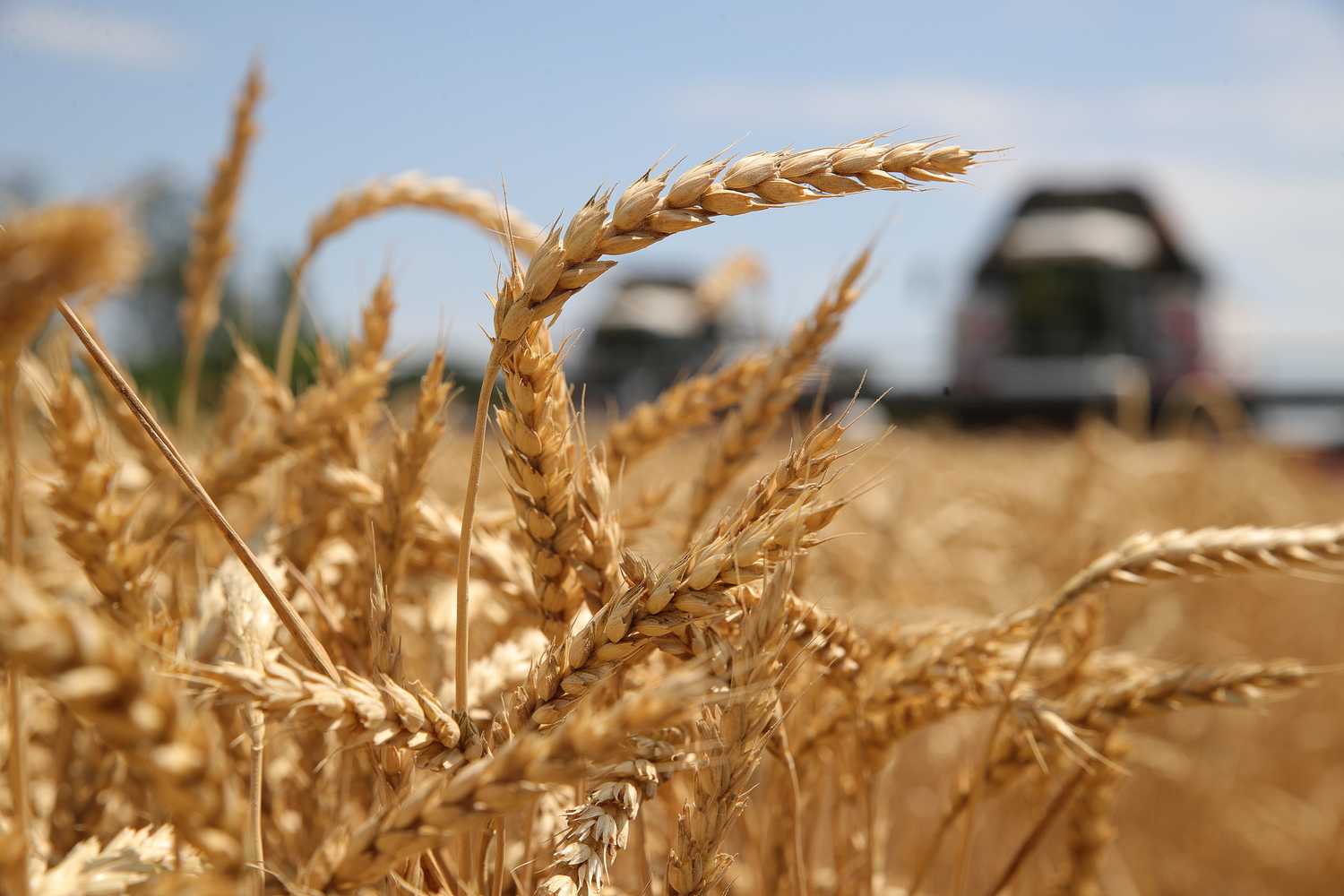By Jevans Nyabiage
Copyright scmp

The Chinese state-owned construction giant that built the Mao Zedong-era Tanzania-Zambia railway is returning to the project with a US$1.4 billion commitment to overhaul and run the line as it increasingly becomes geoeconomically important for China.
In a deal struck on Monday, China Civil Engineering Construction Corporation (CCECC) agreed to an initial US$1.1 billion investment plus a further US$238 million to be reinvested into the severely dilapidated Tazara Railway, as the line is known.
The 1,860km (1,156-mile) line connects Zambia’s Copperbelt region to the Tanzanian port of Dar es Salaam, providing a crucial fast track for copper and cobalt shipments to the Indian Ocean as China and the West rival for key African trading corridors.
But the decades-old railway is operating far below capacity. Its refurbishment gives China an alternative to the congested ports of South Africa and positions Tazara ahead of competing routes – specifically the US-backed Lobito Corridor and the Japan-supported Nacala Corridor.
According to the Zambian Ministry of Transport and Logistics, the deal involves track rehabilitation between Dar es Salaam and New Kapiri Mposhi in Zambia’s Central province, as well as upgrades to major workshops and maintenance of the existing line.
The ministry said the agreement would also see 34 locomotives, 16 passenger coaches and 760 wagons added to the railway’s rolling stock, which would help boost mineral shipments.
The deal grants CCECC a 30-year concession under a build-operate-transfer model, with the first three years dedicated to reconstruction, followed by 27 years of operation to recoup its investment.
Sub-Saharan Africa geoeconomic analyst Aly-Khan Satchu said the model – which he dubbed “refurbish-operate-transfer” in this instance – was clearly the “Yellow Brick Road” for big-ticket infrastructure on the continent.
“I am sure China and specifically CCECC have done the maths, projected the forward curve for key commodities like copper, and I am sure the maths indicate this is a ‘slam dunk’,” he said, referring to the Tazara concession’s anticipated profitability and viability.
Frank Tayali, the Zambian transport and logistics minister, said the project was “not just about restoring infrastructure but about reigniting regional integration, economic growth and shared prosperity”.
“This agreement is about giving farmers, traders and industries a lifeline that connects them to markets across borders and beyond,” he said at the signing ceremony in Beijing on Monday.
His Tanzanian counterpart, Makame Mbarawa, echoed the sentiment, saying that the project would “bring jobs and economic benefits to our people”.
Dai Hegen, chairman of CCECC’s parent firm, China Railway Construction Corporation (CRCC), highlighted the company’s track record, citing projects such as the Ethiopia-Djibouti railway.
Tazara was built by CRCC between 1970 and 1976. The project was financed with interest-free loans from China after the West declined to fund its construction, and the railway still holds a special place in Chinese relations with Africa.
According to Tim Zajontz, a research fellow at Stellenbosch University, Tazara has shifted from an aid project to a “carefully weighed business case” for China.
The Tazara railway’s geoeconomic importance had surged because it gave Chinese firms control over a key route for the world’s largest copper, cobalt and manganese deposits, he noted.
Zajontz, who is also an interim professor in international relations at the University of Freiburg, predicted that the Dar es Salaam corridor was likely to win a larger share of regional cargo once Tazara was revamped.
Alongside recent improvements in the port’s capacity and its relatively short sailing times to China, “having a Chinese firm operating Tazara will boost the railway’s Chinese customer base for the transport of bulk cargo and containers overnight”, he said.
The Central-Southern African region has become the epicentre of a renewed global resource struggle, driven by the global green energy transition.
This competition for critical minerals has simultaneously drawn major investments into securing supply chains and prompted the West to adopt a “de-risking” strategy by reducing its reliance on Chinese logistics networks.
The US-backed Lobito Corridor, involving the DR Congo and Angola, aims to diversify mineral supply chains.
Its main feature is a 1,700km railway connecting the port of Lobito on Angola’s Atlantic coast to the Democratic Republic of Congo’s mining hub of Kolwezi, with a planned extension into Zambia.
Separately, Japan plans to expand investment in the Nacala Corridor, which connects landlocked Zambia and Malawi to the Port of Nacala in Mozambique on the eastern coast.
Zajontz described the competition as a “new scramble for precious African resources”, with control over transport infrastructure a key source of geoeconomic power. These rival infrastructure investments showed Africa was deeply implicated in mounting great power rivalry, he said.
The competing route to Lobito is a “single thread in the carpet”, according to Satchu, and “China is knitting the carpet. So the Tazara refurbishment will pressure the economics of the Lobito Corridor.”



